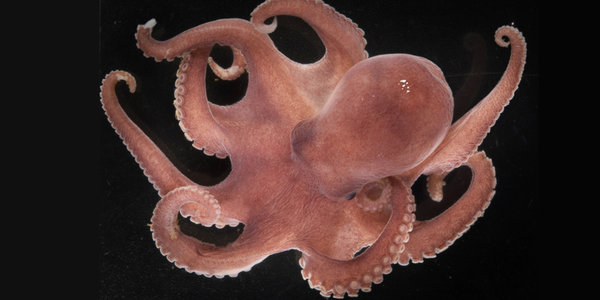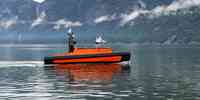News
Result: (304) Showing 31 - 60

story
The world's largest sushi?
04.03.2024

Using sound to monitor harbour porpoises
28.08.2023

Interested in international ocean data?
24.08.2023

IMR launches its own “shark hotline”
15.06.2023

news
Plastic waste and rocks form chemical bond
15.05.2023

story
This is how you catch a hake
02.03.2023























